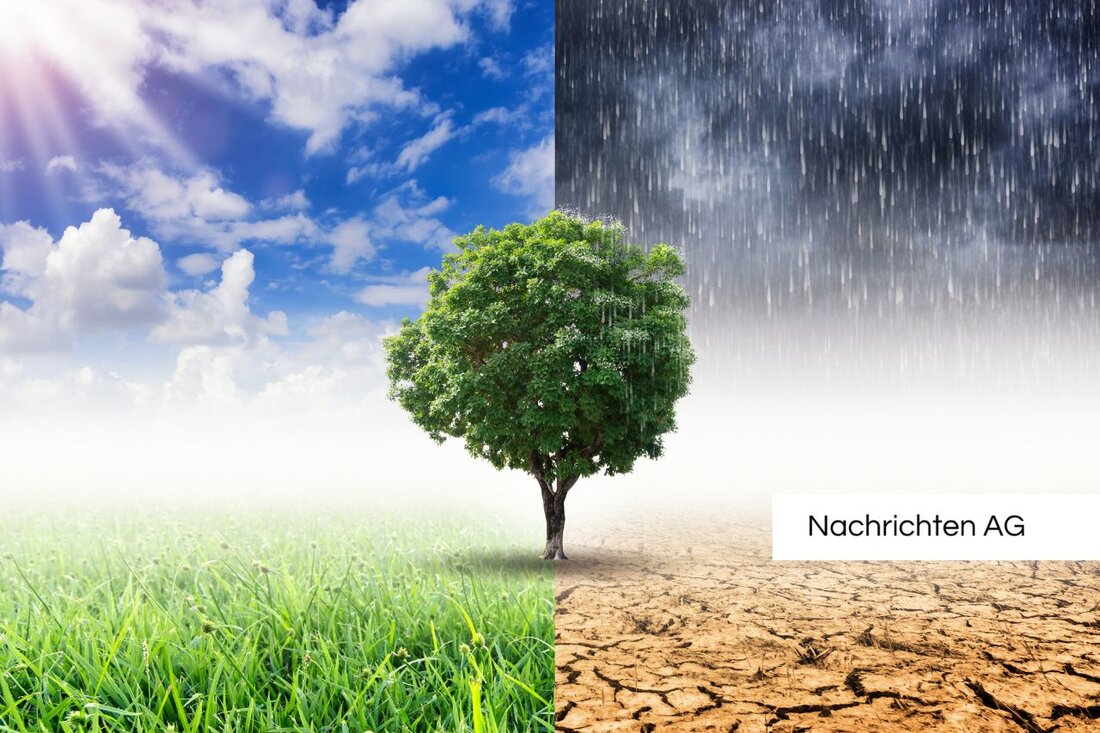Spectacular natural wonder: where the beauty only blossoms at times!
Spectacular natural wonder: where the beauty only blossoms at times!
Atacama-Wüste, Chile - Some natural wonders of the earth are only shown at certain times, often in connection with climatic events. This includes the breathtaking bloom of Atacama desert in Chile, which becomes a flowering sea through the weather phenomenon "El Niño". This one -time flowering period typically extends from September to November, but the flowers flourished to the surprising experience in 2024 in July. The Atacama desert, which is considered the driest desert on earth, extends over 1200 km along the Pacific coast of South America and has a hyperaride climate. For millennia, not a single drop of rain fell in some places, which made the region a fascinating but hostile place.
The Atacama is in the rain shadow of the Andes, and the cool humbold stream prevents the formation of rain clouds. Violent rainfall only occurs every 6 to 10 years, which are usually caused by El Niño, which temporarily transforms the landscape. The average amount of precipitation is only 0.5 mm per year and the temperature differences between day and night are between 30 ° C a day and -15 ° C at night.
fascinating natural phenomena
In addition to the flower in the Atacama desert, there are many other impressive natural phenomena worldwide. In Death Valley In the United States, wildflowers bloom between February and July, with the highlight in spring, especially between March and April. Another annual spectacle can be found in Hungary: the thegest blossom, where at the end of June thousands of mayflies leave the river and leave their covers, which look like flowers.
Another remarkable sight is the green color of the Chicago River, which traditionally takes place on March 17, which St. Patrick’s Day, will traditionally take place. The Chicago plumber union has been ensuring this festive tradition since 1962. Borealis, also known as Aurora, are visible in the northern regions between September and April, especially in countries such as Norway, Sweden and Canada. The hike of the monarchfalter from Canada to Mexico, which lasts from November to March, also attracts the attention of many natural observers.
The role of climate change
climate change, one of the greatest challenges of the 21st century, has an important impact on such natural events. The increasing temperatures and changes in the global climate system influence biodiversity and life cycles of many species. The latest scientific findings show that the challenges that climate change brings with it have far -reaching effects on the spread and survival of plants and animals. The adaptability of the different types varies and many cannot adapt quickly enough to the changing conditions.
particularly endangered are coastal ecosystems and marine life due to rising sea levels and ocean acidification. In order to combat climate change and protect biodiversity, innovative approaches and international cooperation are required. Measures such as reforestation, promoting agrobiodiversity and sustainable use of resources are at a central point in the global efforts to protect our planet and its biodiversity. The challenges of climate change should therefore be viewed as a uniform agenda, which includes the protection of biodiversity and combating climate change.
| Details | |
|---|---|
| Ort | Atacama-Wüste, Chile |
| Quellen | |


Kommentare (0)